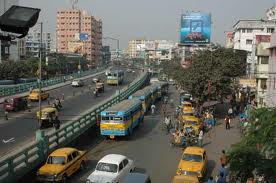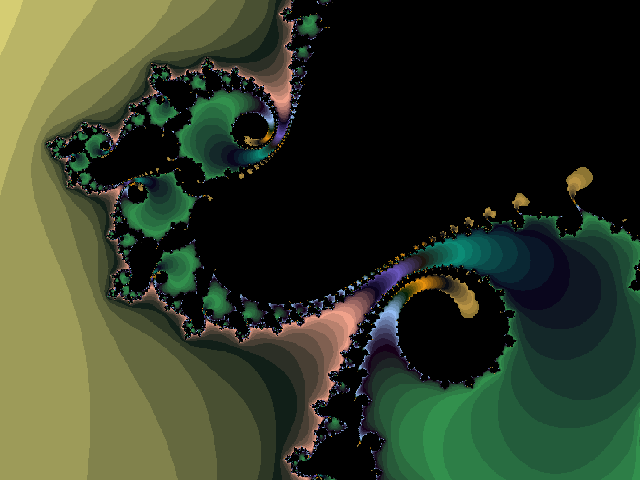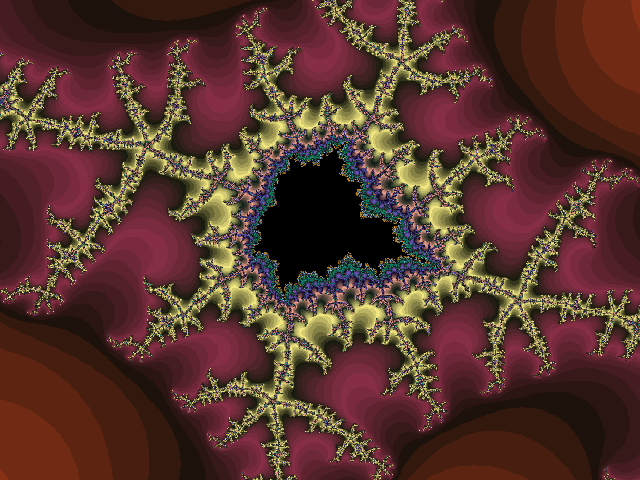Thousands of mahisasurs killed; people all over India overjoyed; festivities all across; happiness all around and myself proud to be a part of the celebrations. It all started with the all familiar voice of Birendra Krishna Bhadra in Mahalaya (invoking the goddess) which marked the Akalbodhan (the act of untimely awakening) or the start of Indian festive season. The temperature suddenly dropped and I could see the fog outside my window; AND YES! THE TIME HAS ARRIVED!
And simultaneously started my vacations. I boarded the plane back home – Bhopal. I saw my city from the air as the plane was landing – and I swear – the city looked no less than a bride. Lights all around – some still; a few dancing; and many twinkling – as if a dream had come true.
Then came the four days – long awaited – when it is nothing but jolly faces all across. Hundreds of Pandals showcasing the age old tradition; tradition of devotion, tradition of celebration, tradition of joy. I must admit that Durga Puja or Navaratri is the grandest festival celebrated in India – both in terms of number of people celebrating it and the ways in which it is celebrated. And here is where staying in Bhopal help. Being in Central India, you can see all the different ways in which it celebrated.
On one hand the mesmerizing rhythm of the Dhak and the Dhumch Nach force you sway in its tune (as in Bengal), one the other you can see the showcase of utmost devotion and religious beliefs (as in the central India). Not to forget, the dance tunes of Garba and Dandiya (from Gujrat). And yes, the Mahabhog – I bet this is the tastiest food that you can ever have – it is not a dish; just the plain Khichdi, Sabji, Chatni and Payes but the taste is AWESOME.
At this moment in time I feel so helpless – words are such poor conveyors of emotions – they can’t describe how attached is an Indian is to this festival; but I make a single attempt to this by stating that – people cry when it is time bid adieu to the goddess.
ABAR ESHO MAA
And yes Subho Bijoya to all….





































My Valued Commenters